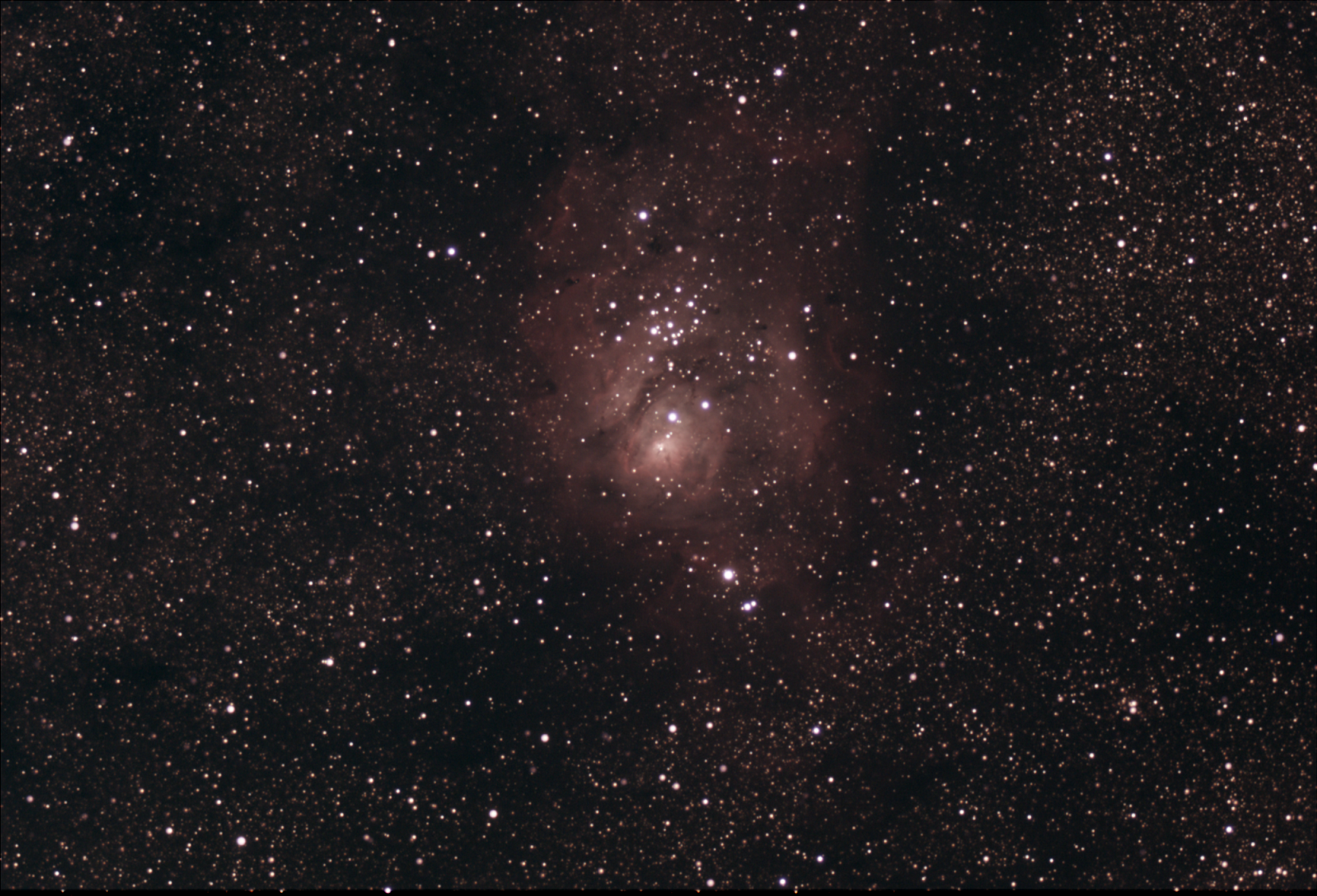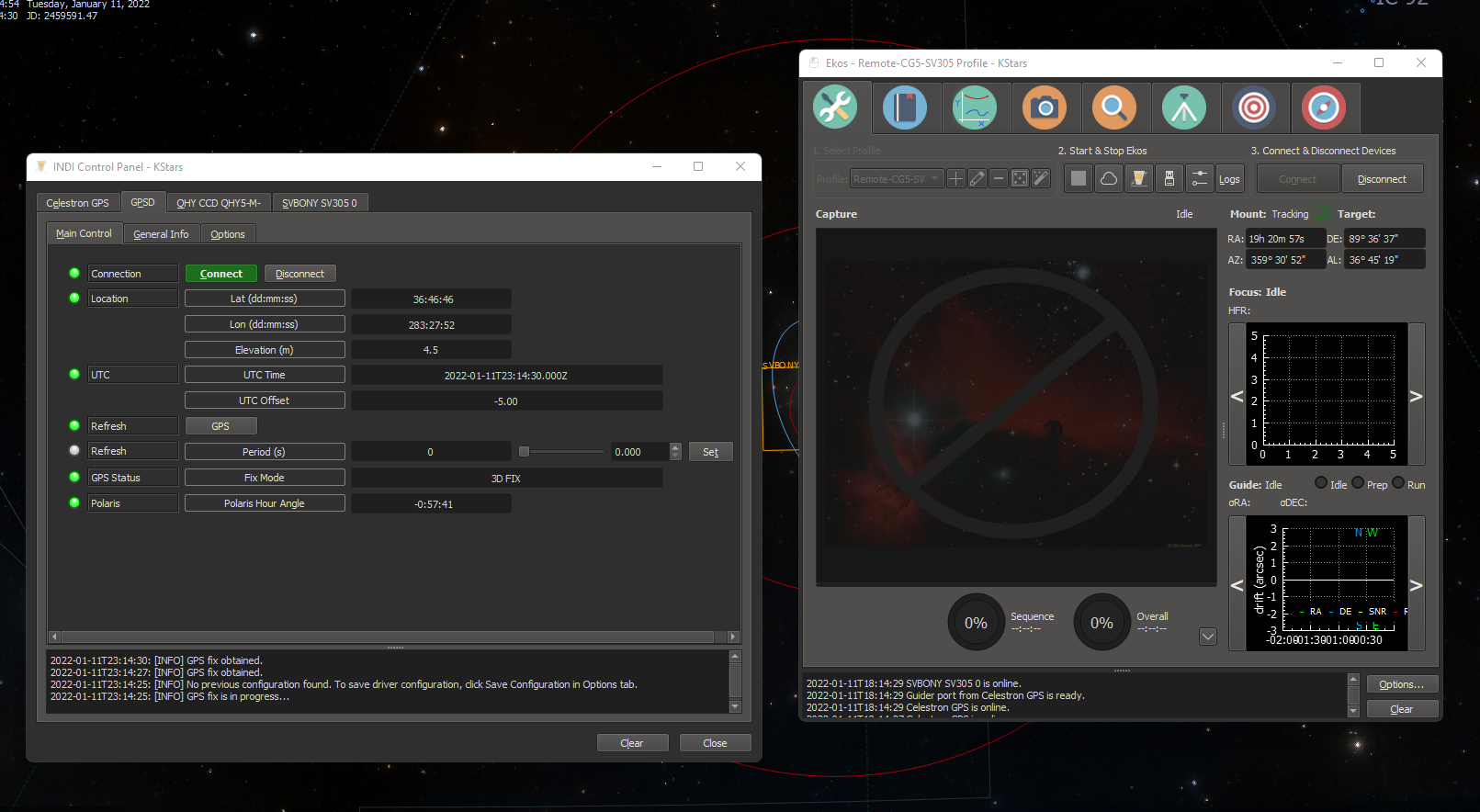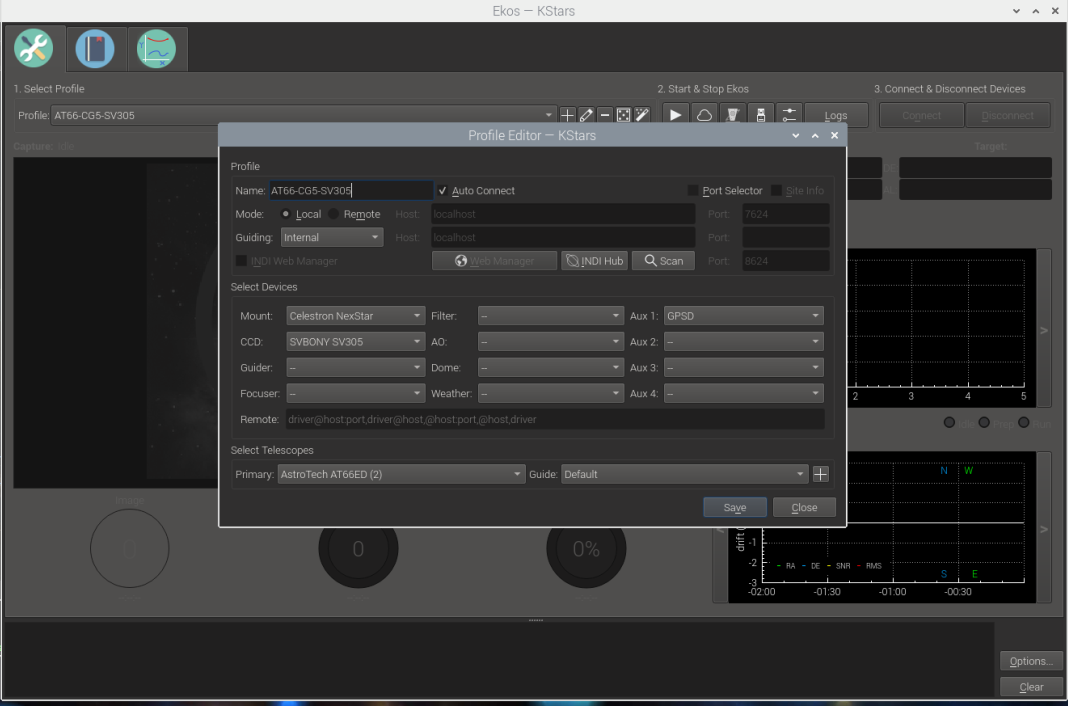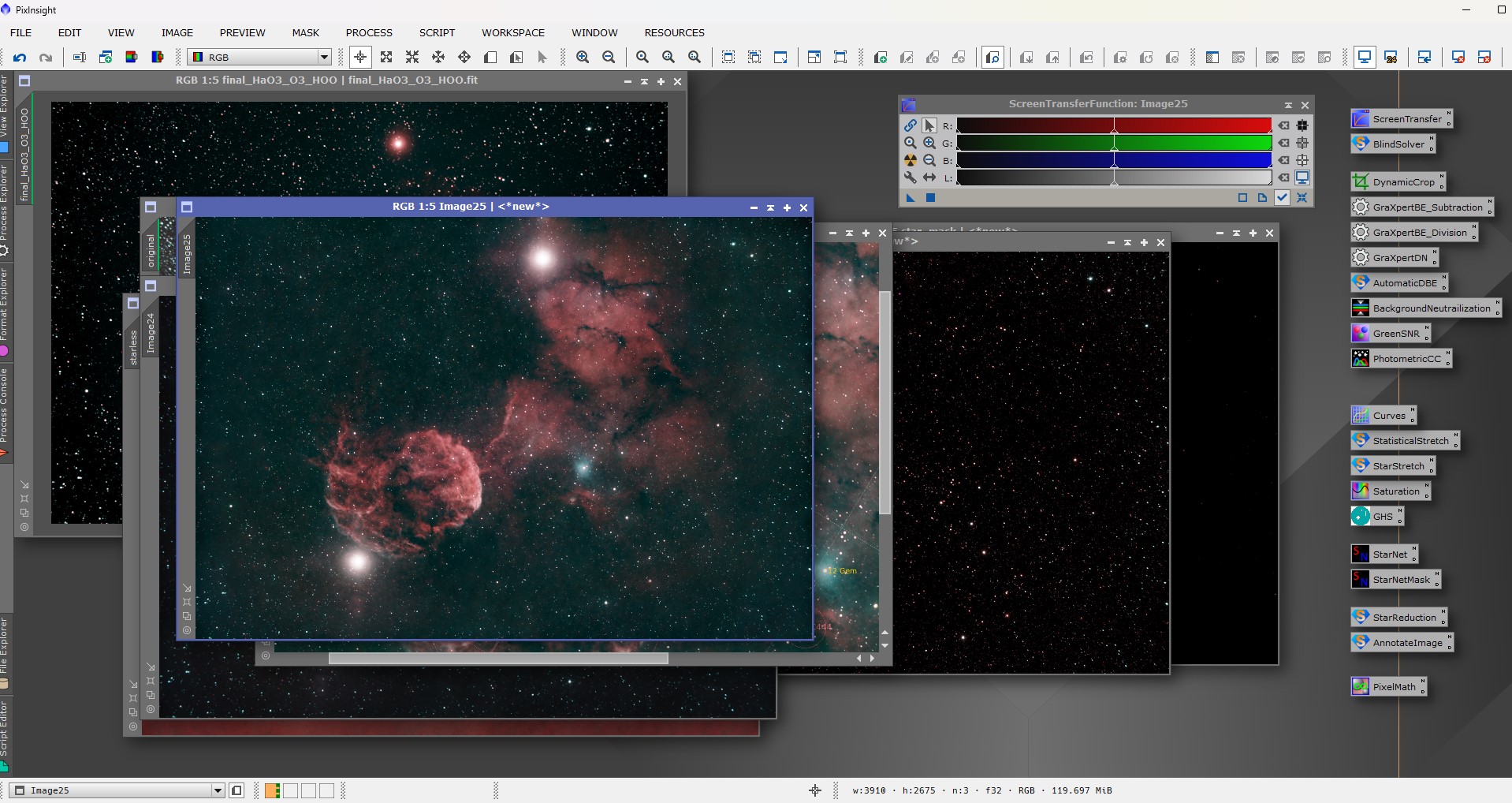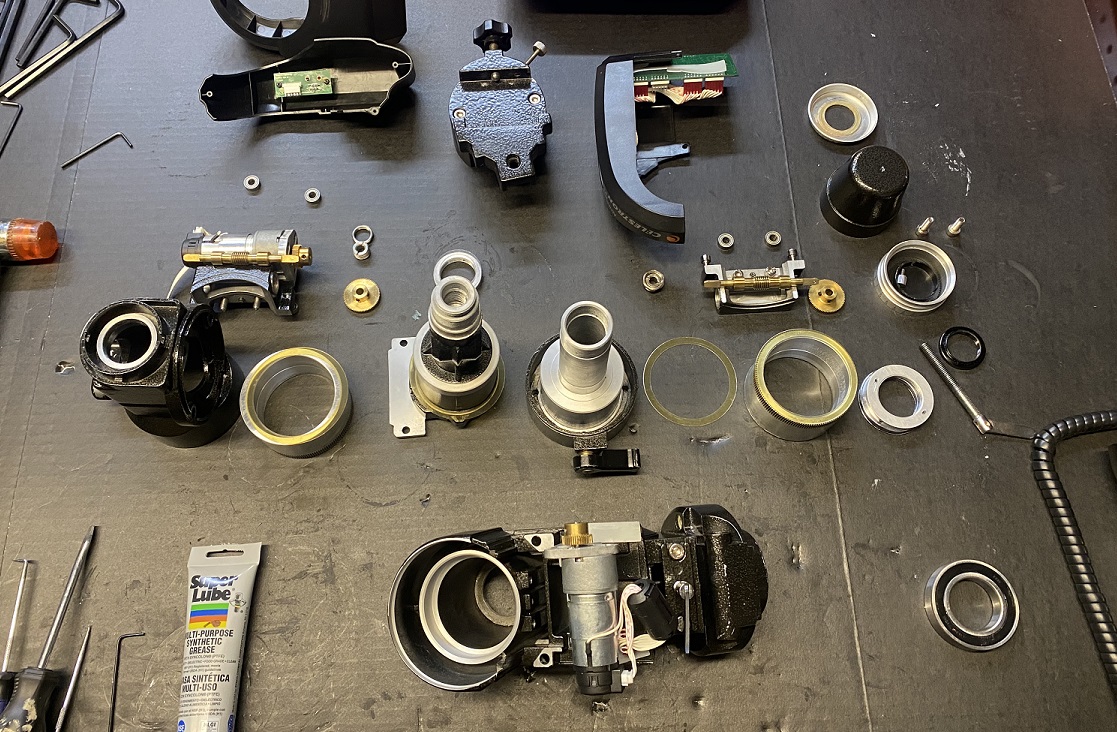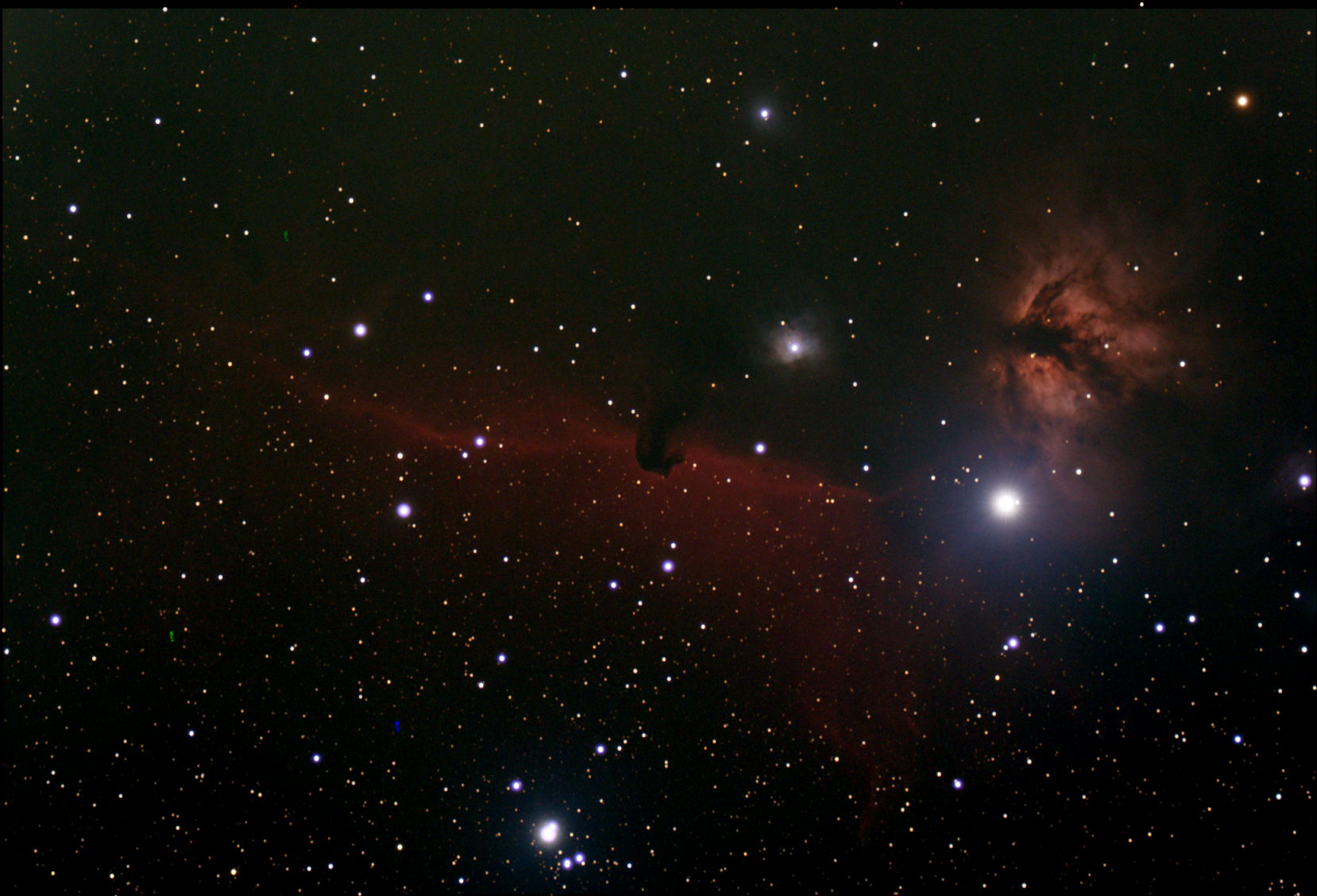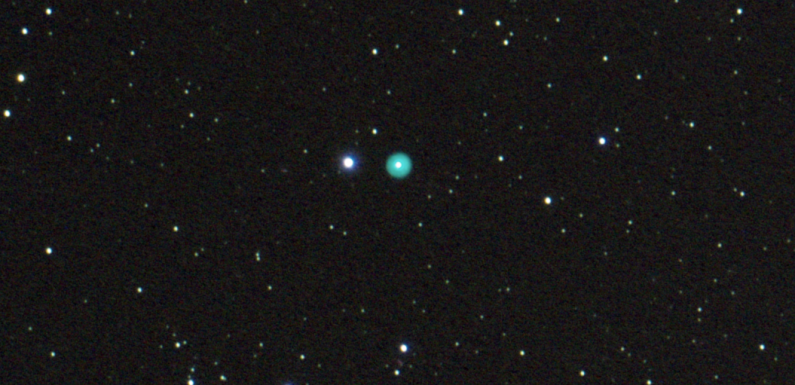
Weather is suppose to be decent for the near future and we should have a few clear nights over the next week or so. The telescope is set back up in the drive way and I took advantage of a mostly clear sky. There were a few high thin clouds off to the North and East and it was a bit warmer than it has been. I was able to EAA observe a couple more galaxies in the M81 Group and a few planetary nebulas on February’s Cloudy Nights EAA Observing Challenge.
All these EAA images were capture with my SV305 Camera through my Astro-Tech AT66ED and live stacked using SharpCap Pro. Guiding using the OSSAG and the SVBONY SV106 Guide Scope. The mount and cameras are remotely controlled with KStars/Ekos/INDI running on an Astroberry Raspberry Pi.
NGC3077 a small disrupted elliptical galaxy and a member of the M81 Group. NGC3077 is located in the northern constellation Ursa Major. This is a live stack of 40 x 30 second exposures at 400 gain.

NGC2976 a peculiar dwarf galaxy, and a member of the M81 Group, in the constellation of Ursa Major. This is a live stack of 40 x 30 second exposures at 400 gain.

I attempted to capture Holmberg I, UGC5139, which is another galaxy in the M81 Group, but I was not able to resolve it after 15 minutes or so of 30 second exposures at 450 gain.

Based on plate solving and the Deep Sky Image Annotation in SharpCap it should be right in the middle of the frame, but I cannot see it. I think more aperture is going to be needed to get this one. I don’t think the AT66ED is going to be able to get it.
Every month the Cloudy Nights EAA Forum has a EAA Monthly Observing Challenge. These objects are part of the February 2022 EAA Observing Challenge.
NGC40, the Bow Tie Nebula, in the constellation Cepheus. This is a live stack of 40 x 15 second exposures at 400 gain.

NGC1501 a complex planetary nebula in the constellation of Camelopardalis. This is a live stack of 40 x 15 second exposures at 400 gain.

NGC1514 a planetary nebula in the constellation of Taurus. This is a live stack of 40 x 15 second exposures at 400 gain.
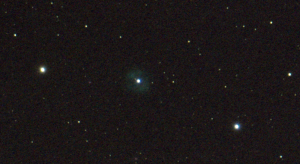
NGC2392, the Eskimo Nebula, a planetary nebula in the constellation of Gemini. This is a live stack of 20 x 15 second exposures at 400 gain.
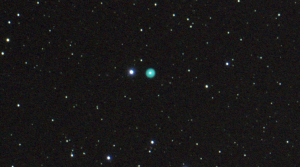
It was a good EAA session. I packed everything in at around 10:30 PM since it’s a school night. Adding a couple more galaxies to my M81 Group Log. Planetary nebulas are always fun to observer. Still have a few more objects on the February Cloudy Nights’ EAA Challenge.
Enjoy!

